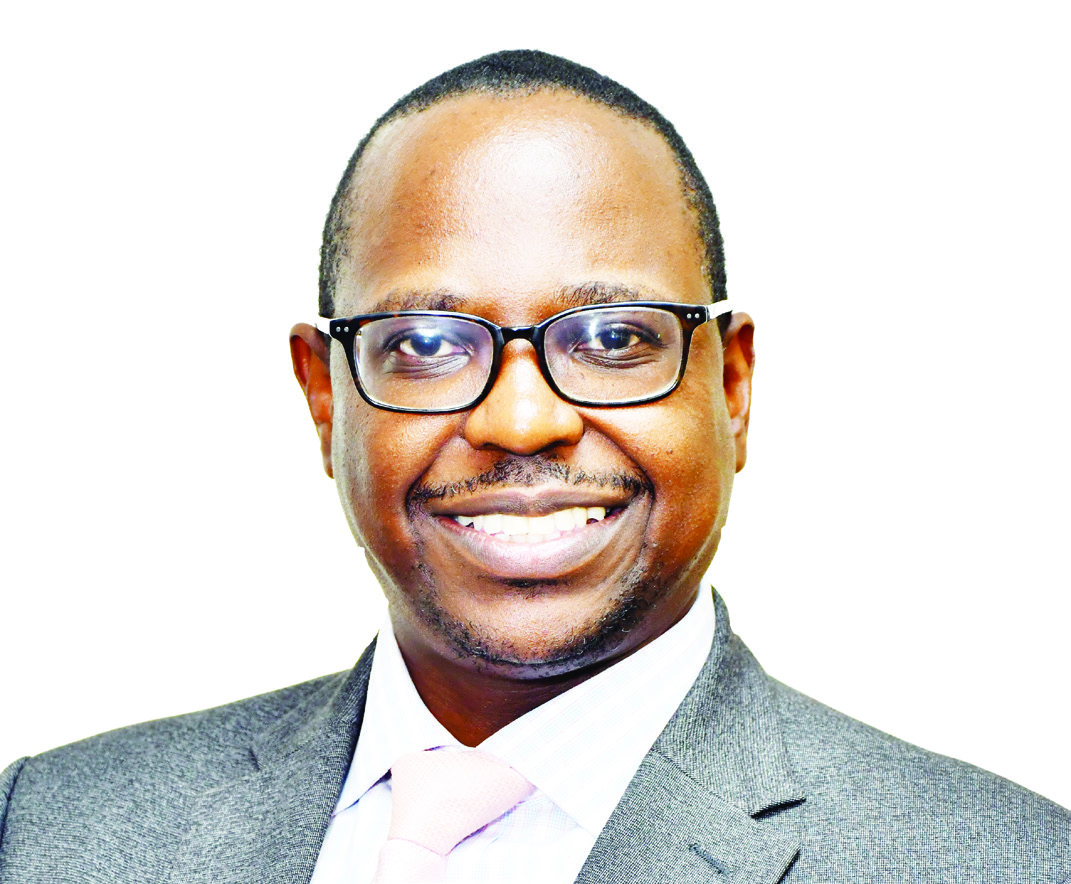The 2024/2025 financial year is here and the Government’s fiscal strategy aims at attaining inclusive economic growth, while maintaining a stable macroeconomic environment and preserving debt sustainability; it will require…
Fill the infrastructure gap to unlock inclusive growth


